Is Tesseract OCR Still the Best Free OCR Tool in 2025?
Imagine scanning an old handwritten recipe and converting it into a searchable and editable text file—that’s where Optical Character Recognition (OCR) technology shines. Among the many OCR tools available, Tesseract OCR stands out as a reliable and free option. Whether you’re looking for an easy-to-use OCR solution or a highly customizable one, Tesseract OCR has you covered. In this article, we will explore its features, functionality, and step-by-step guidance for setting it up and using it effectively.
Part 1: What Is Tesseract OCR?
Tesseract is an open-source Optical Character Recognition (OCR) engine developed by Google and originally created by HP (Hewlett-Packard). It is used to recognize and convert text from images into machine-readable text. This allows users to extract printed or handwritten text from scanned documents, photos, or other image-based content.
As an open-source project, Tesseract is freely available and can be integrated into software applications for a variety of tasks, including document digitization, automated data extraction, and translating text from images. Its ability to process both printed and handwritten text, combined with continuous improvements, has made it one of the most popular OCR engines in use today.

1.1Key Features of Tesseract OCR
- Free and Open Source: Available under the Apache License 2.0.
- Multilingual Support: Recognizes over 100 languages with the ability to train custom languages.
- Integration Capabilities: Works seamlessly with programming languages like Python via APIs.
- Versatile Input Formats: Supports various image formats such as PNG, JPEG, and TIFF.
1.2 Is Tesseract OCR Still Good?
Tesseract OCR is widely regarded as a valuable tool for developers and organizations. It demonstrates strong performance in processing typed, printed, or handwritten text and benefits from regular updates provided by the open-source community.
1.3 Is Tesseract OCR Free?
Yes, Tesseract OCR is completely free to use. It is an open-source project, meaning its source code is available to the public and can be modified, distributed, and integrated into other applications without any cost. Tesseract is released under the Apache License 2.0, which allows both personal and commercial use.
Because it’s open-source, Tesseract has been widely adopted and integrated into various software projects, research, and commercial applications. Developers can use it for OCR tasks without worrying about licensing fees, making it a highly accessible tool for anyone needing text recognition capabilities.
1.4 Is Google OCR Better than Tesseract?
The comparison between Google OCR (Google Cloud Vision OCR) and Tesseract OCR depends on specific use cases, features, and requirements.
- For High Accuracy and Complex Use Cases: Google OCR is often better for complex images, multi-language recognition, or when advanced image processing features are needed. Its AI-driven accuracy is typically superior, especially for unclear or noisy text.
- For Free and Customizable Solutions: Tesseract OCR is ideal if you need a free, customizable, and open-source OCR engine. It works great for standard OCR tasks and can be tailored for specific applications, but it may require more manual configuration and might not perform as well on complex images or multi-language documents compared to Google OCR.
In summary, Google OCR is generally better for ease of use, accuracy, and flexibility in complex scenarios, while Tesseract is a great choice for open-source projects or when you need full control over the OCR engine.
Part 2: How Does Tesseract OCR Work?
Tesseract OCR works by using a series of steps to recognize and convert text from images into machine-readable text. The process involves several stages, including image preprocessing, text detection, character recognition, and output generation. Here's a detailed breakdown of how Tesseract OCR works:
1. Image Preprocessing
Before recognizing any text, Tesseract applies several preprocessing techniques to the image to enhance its quality and make it easier to detect text. These steps may include:
- Grayscale conversion: Converting the image to grayscale to reduce complexity and make the text stand out more clearly.
- Thresholding: Converting the image into a binary format (black and white) to make the text more distinct from the background.
- Noise removal: Cleaning up the image to remove unnecessary noise, which could interfere with text recognition.
- Deskewing: Correcting any tilting or rotation of the image to ensure the text is aligned properly.
2. Text Detection (Page Layout Analysis)
Once the image is preprocessed, Tesseract analyzes the layout of the page to identify regions where text is located. This involves detecting:
- Blocks of text: Grouping lines of text into blocks (paragraphs, sections, etc.).
- Text lines: Identifying the individual lines of text within each block.
- Words and characters: Further breaking down each line into words and characters.
3. Character Recognition (OCR Engine)
Tesseract uses machine learning and pattern recognition to recognize the characters in the image. It does this by comparing the shapes of individual characters in the image to pre-trained character patterns stored in its internal database. This process can involve:
- Recognition of individual characters: Tesseract compares parts of the image to known characters using a set of trained models (based on fonts and languages).
- Contextual analysis: Tesseract looks at the surrounding context, such as word patterns and sentence structure, to help improve character recognition, especially in cases where characters are hard to distinguish.
4. Text Output
Once the characters are recognized, Tesseract combines them into words, lines, and paragraphs based on the layout analysis. The final output is the text in a machine-readable format (e.g., plain text, searchable PDF, or editable Word document).
5. Language and Training
Tesseract supports multiple languages, and it can be trained on new languages or fonts if necessary. It uses language models to understand the structure and context of different languages. Tesseract’s accuracy improves when it’s provided with trained data for the specific language or handwriting type it’s processing.
Part 3: How to Train Tesseract in Mac?
Training Tesseract on a Mac involves several steps, including setting up Tesseract, preparing training data, training the model, and testing the results. Here’s a step-by-step guide on how to train Tesseract OCR on a Mac:
Install Tesseract: Use Homebrew to install Tesseract with the command: brew install tesseract.
Prepare Training Data: Collect text samples and create box files using the text2image tool.
Train the Model:
Extract features using Tesseract with the --psm option.
Fine-tune the model using the combine_tessdata command.
Test the Model: Run the trained model on test images to validate its accuracy and performance
Part 4: Tesseract C API Simple Example
To use the Tesseract C API, you need to interact with the Tesseract library directly in your C code. Below is a simple example that demonstrates how to use the Tesseract C API to load an image, perform OCR, and extract text.
Prerequisites:
- Tesseract must be installed on your system.
- The Tesseract C API headers and libraries should be accessible (installed via Homebrew or manually).
- You should have the necessary language data files (e.g., eng.traineddata for English) in the correct directory (tessdata).
Code Example: Integrating Tesseract with C
This example demonstrates how to initialize the Tesseract API, process an image by reading it with Leptonica, set the image for OCR, extract the recognized text in UTF-8 format, and clean up resources to avoid memory leaks. To integrate Tesseract with C, follow this basic example:
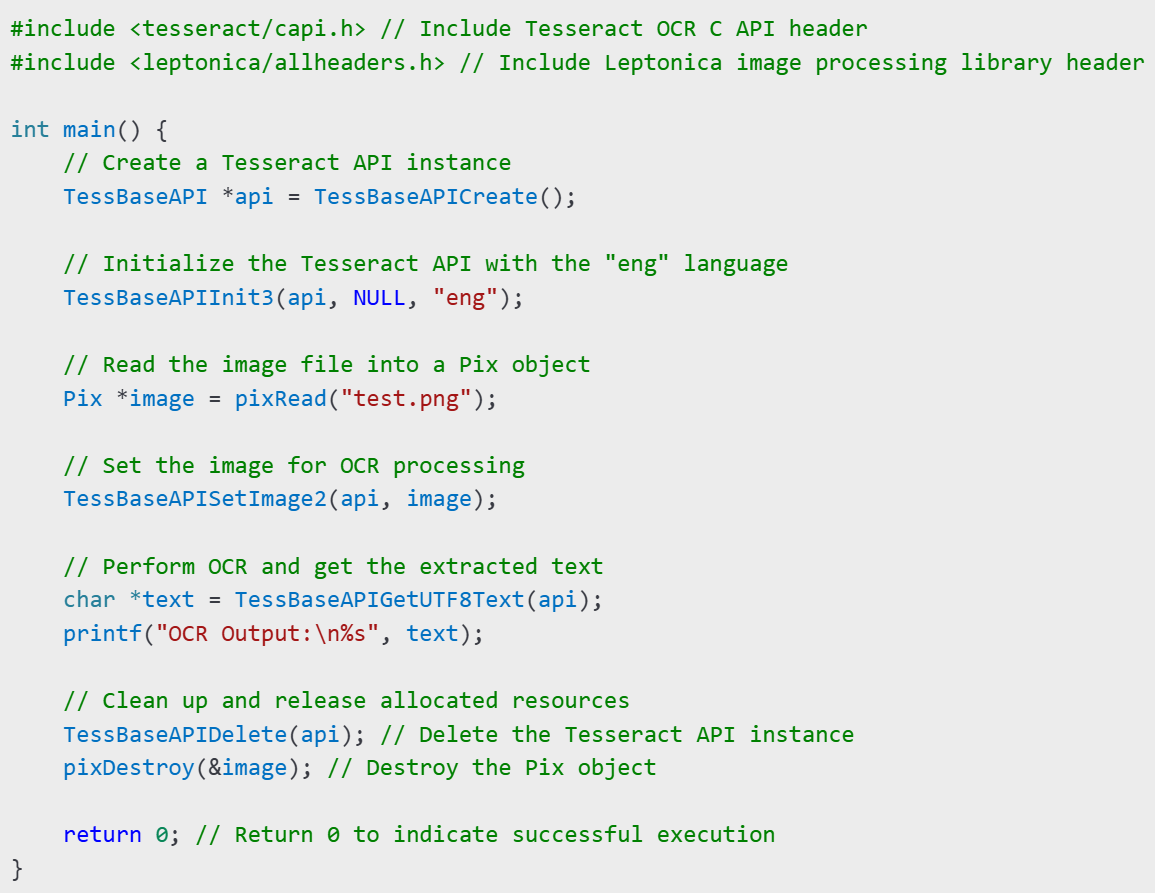
Part 5: Best Alternative to Tesseract OCR - Accurate Text Extraction & Translation
While Tesseract OCR is a powerful and widely-used tool for optical character recognition, it does require a basic understanding of programming and coding concepts. For users who are unfamiliar with coding, working with Tesseract can be challenging and may involve a steep learning curve.
In such cases, PDNob AI Image Translator emerges as an excellent alternative. This user-friendly tool combines robust OCR technology with powerful features, offering more than just text recognition. With real-time translation capabilities, it enables users to instantly translate text within images into various languages, making it ideal for non-technical users and those in need of multi-functional solutions.
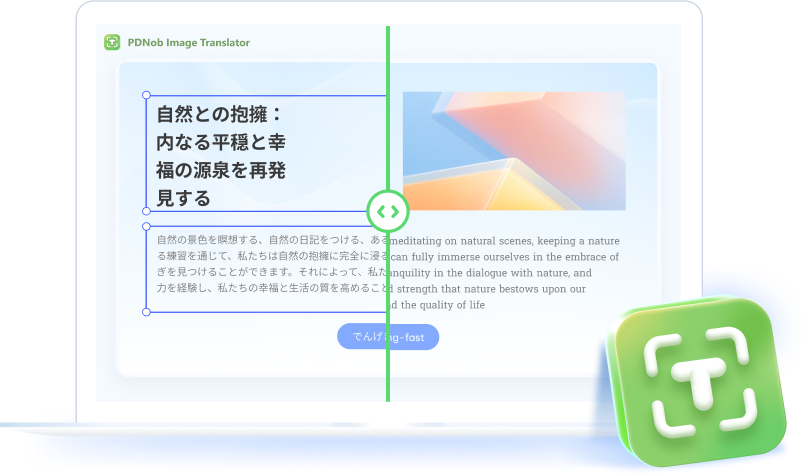
Steps to OCR & Translate Images with PDNob AI Image Translator
- After installing the software, upload your image to the PDNob AI Image Translator by clicking one of options you preferred.
- Select the desired language for translation.
- Extract and translate text in one click.
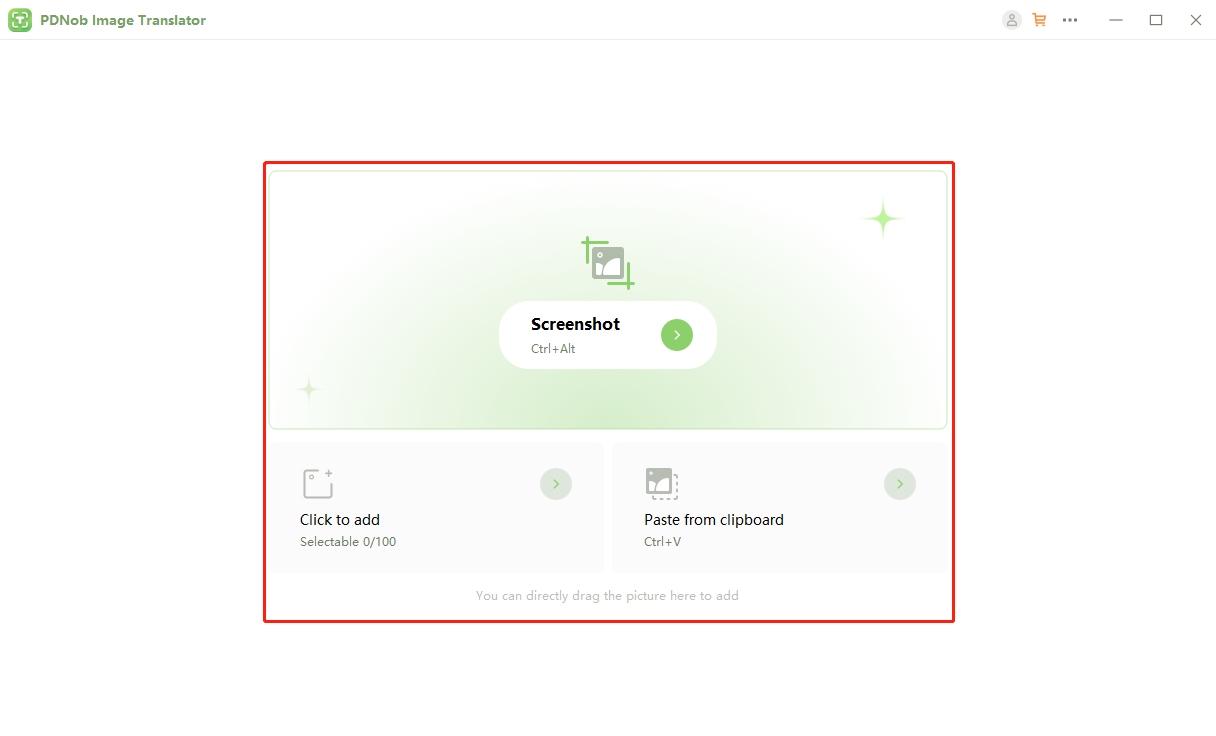
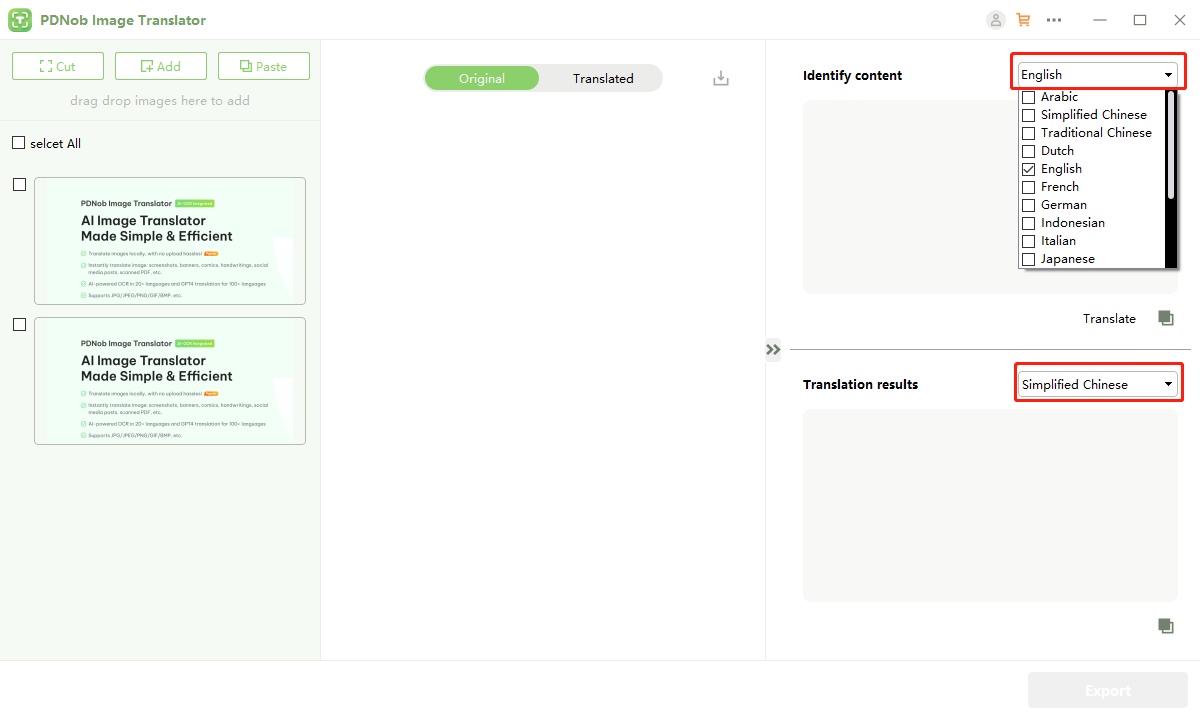
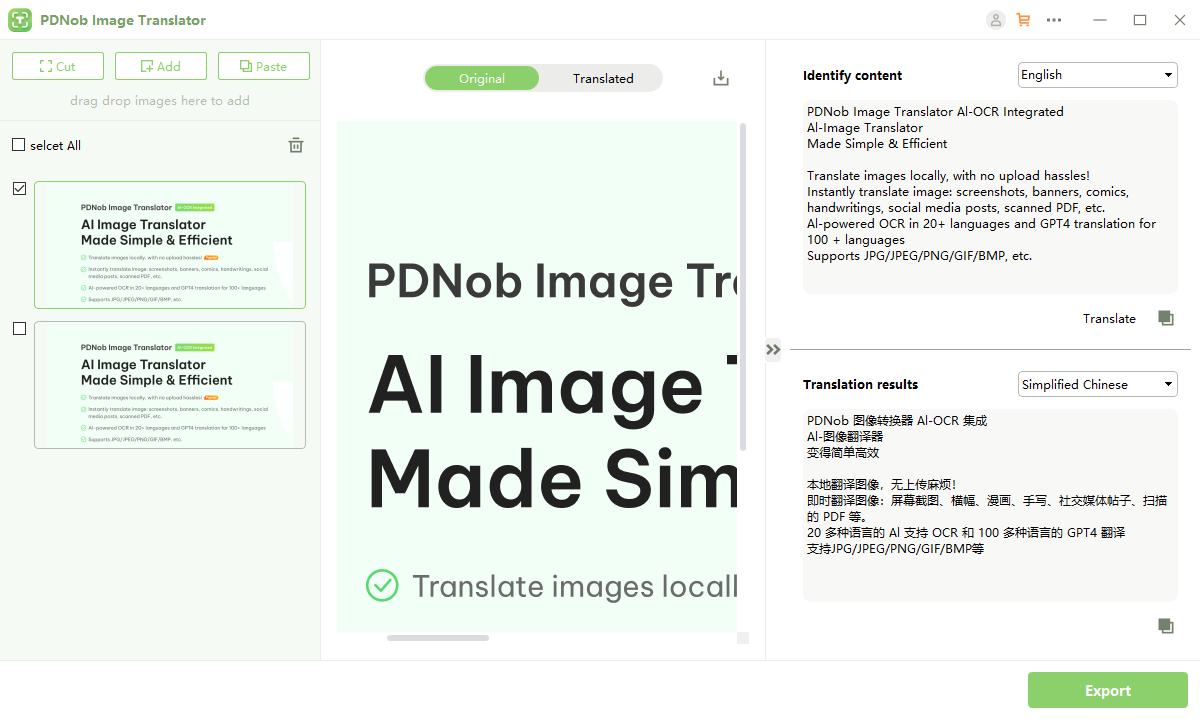
Conclusion
Tesseract OCR software continues to be a reliable tool for text recognition with its open-source nature and extensive language support. Whether you need it for basic text extraction or advanced customizations, it’s a tool worth exploring. For those seeking additional functionalities like translation, PDNob AI Image Translator provides a powerful alternative. Empower your workflows today with these incredible OCR tools!
Speak Your Mind
then write your review
Speak Your Mind
Leave a Comment
Create your review for Tenorshare articles
Related articles
All topics
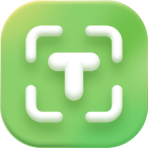 PDNob Image Translator
PDNob Image Translator
Instantly translate various types of images to text.

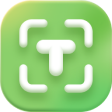

By Jenefey Aaron
2025-12-12 / Image Translator